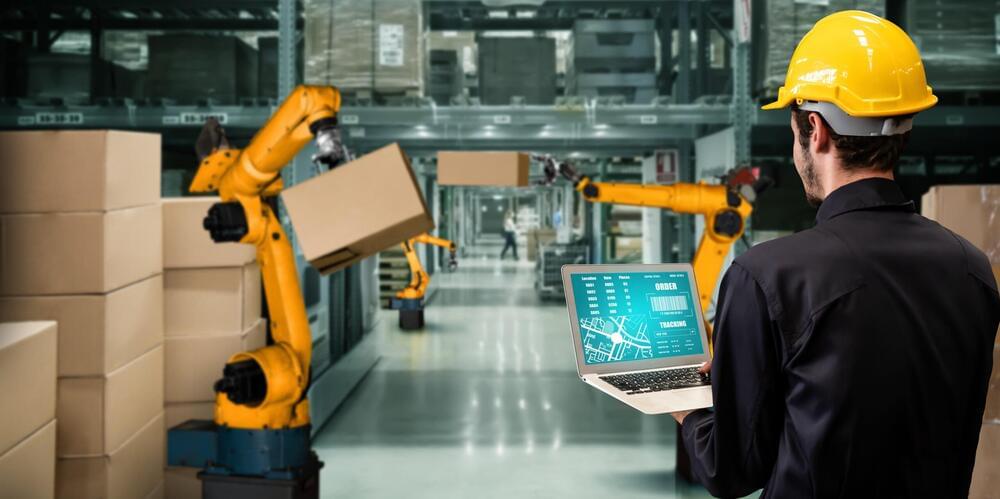Marine Biological Laboratory finds gene captured from bacteria more than 60 million years ago.
Your DNA holds the blueprint to build your body, but it’s a living document: Adjustments to the design can be made by epigenetic marks. Cataloguing these marks and how they work is important for understanding biology and genetics—and coming up with therapies to address diseases and disorders.
In humans and our fellow eukaryotes, two principal epigenetic marks are known. But a team from the University of Chicago-affiliated Marine Biological Laboratory has discovered a third, novel epigenetic mark—one formerly known only in bacteria—in small freshwater animals called bdelloid rotifers.








